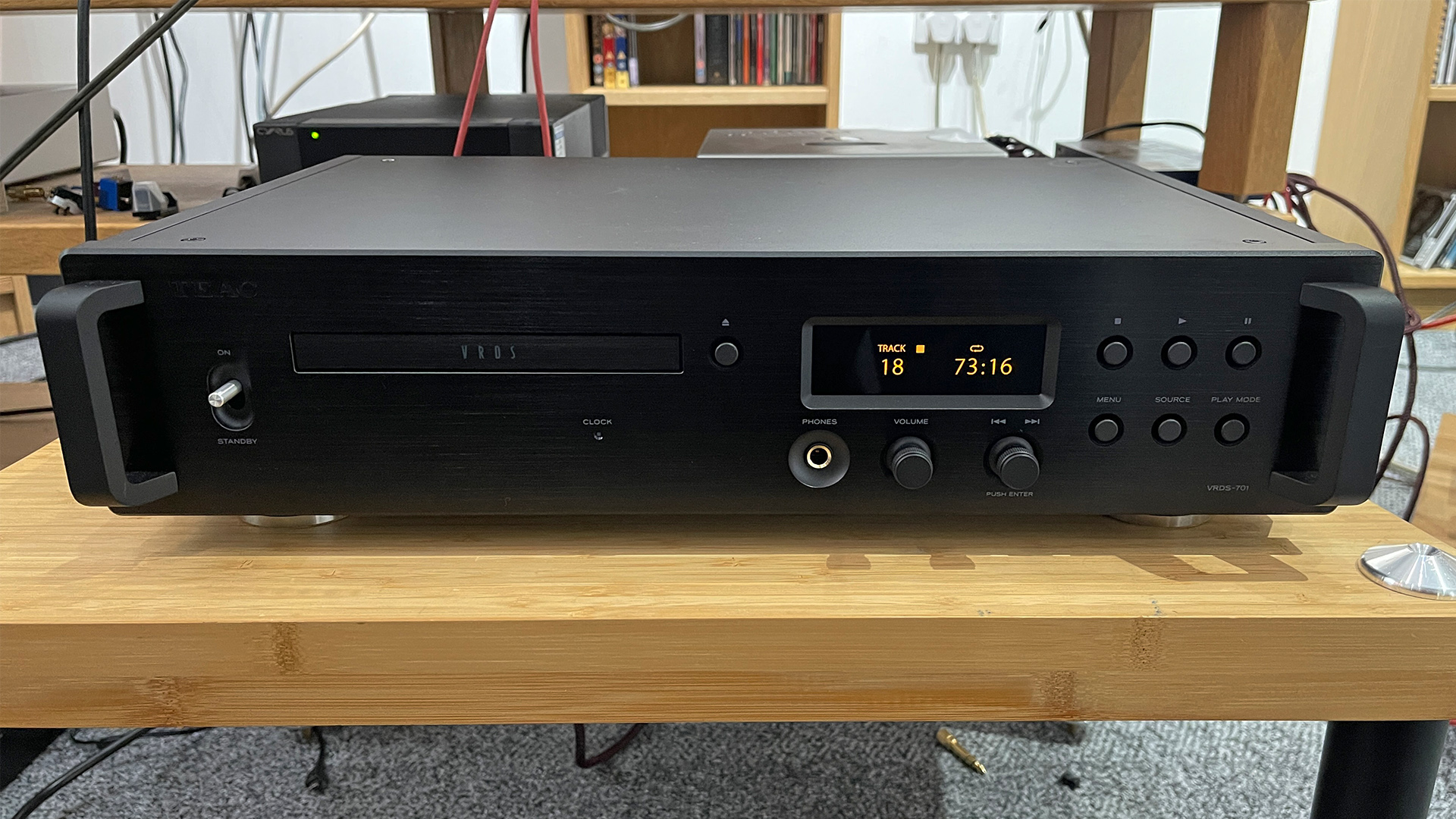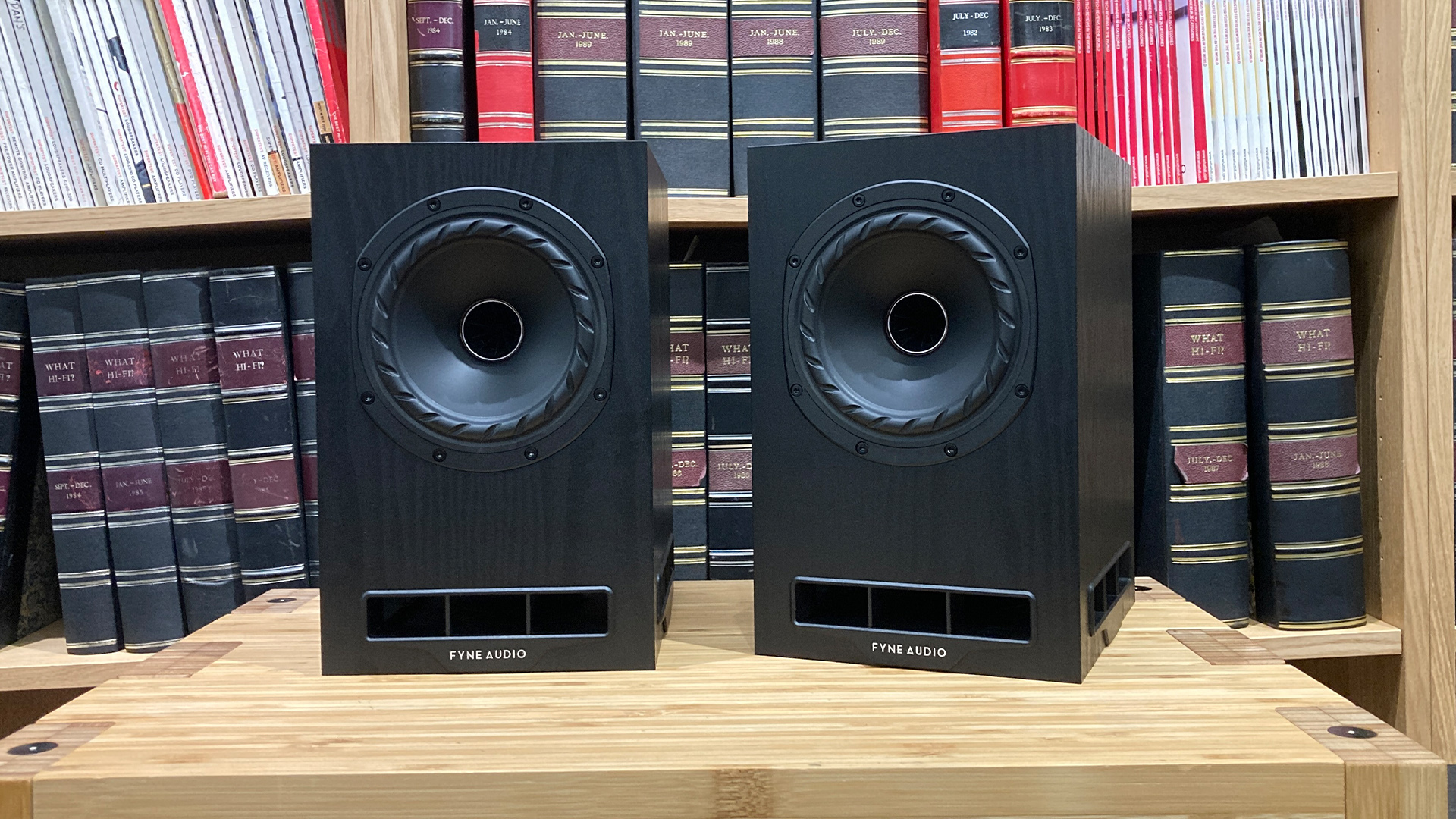What Hi-Fi? Verdict
If you’re in the market for a premium CD player this TEAC simply has to be considered
Pros
- +
Detailed, composed and controlled presentation
- +
Impressive sonic authority
- +
Digital inputs
- +
Terrific build and lovely to use
Cons
- -
Sound takes a little time to appreciate
Why you can trust What Hi-Fi?
While we enjoy the benefits of streaming as much as anyone, there is a certain hands-on appeal to CD players that we can’t ignore. More than that, we like to own our music and be able to play it any time we want. Given the relatively fickle nature of streaming rights and the slightly erratic stability of an internet connection, we still see a place for a high-quality CD player in our systems.
Of course, this far into the age of streaming, new CD player launches are thin on the ground, and what was once a raging river of new products has slowed to a mere trickle. So, when TEAC launches a premium player like the VRDS-701 we can’t wait to have a go.
Build & Design
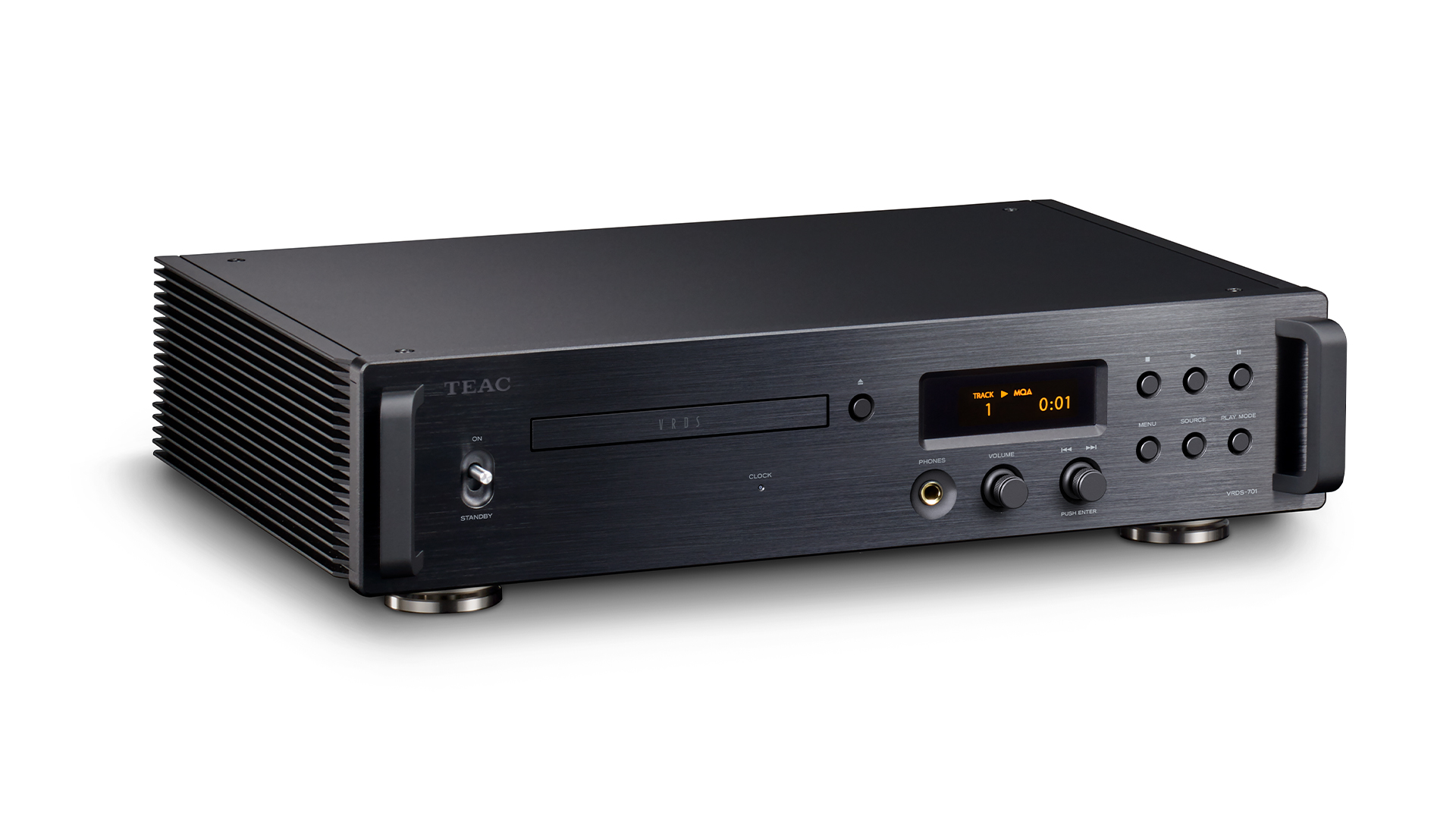
Those initials – VRDS – will mean a lot to hi-fi fans of a certain vintage and are more than some random letters that make up a product name. They stand for Vibration-free Rigid Disc-clamping System and indicate the use of TEAC’s proprietary CD transport design. There have been numerous versions of this mechanism found in products that range in cost from premium to ultra high-end but the basic idea is always the same, and that’s to minimise rotational vibration and other disturbances by clamping the entire surface of the CD rather than just in the middle, as pretty much every alternative does. The idea is that reducing these unwanted outside influences allows the laser to read the disc more easily and the result should be a better sound. We’ve heard enough TEAC VRDS-equipped CD players and transports over the years to find that is usually the case.
Look past the inclusion of the VRDS transport mechanism and there is still plenty to admire in the ’701. This is a beautifully made player with a pleasingly chunky casework that weighs in at a considerable 11.1kg. We particularly like the precise feel of the two small control dials – one governs the volume of the headphone and line output and the other, the play and skip functions of the transport. The large display is easy to read from a distance and is pleasantly crisp.
Don’t be fooled by the TEAC’s metal feet. They may feel loose but are in fact rather elaborately engineered multi-piece affairs that are designed to disperse vibrations. The VRDS transport is lavished with similar attention, being fixed to the chassis with what TEAC calls a floating mounting to decouple it from the chassis and minimise the transfer of mechanical vibrations.
Features
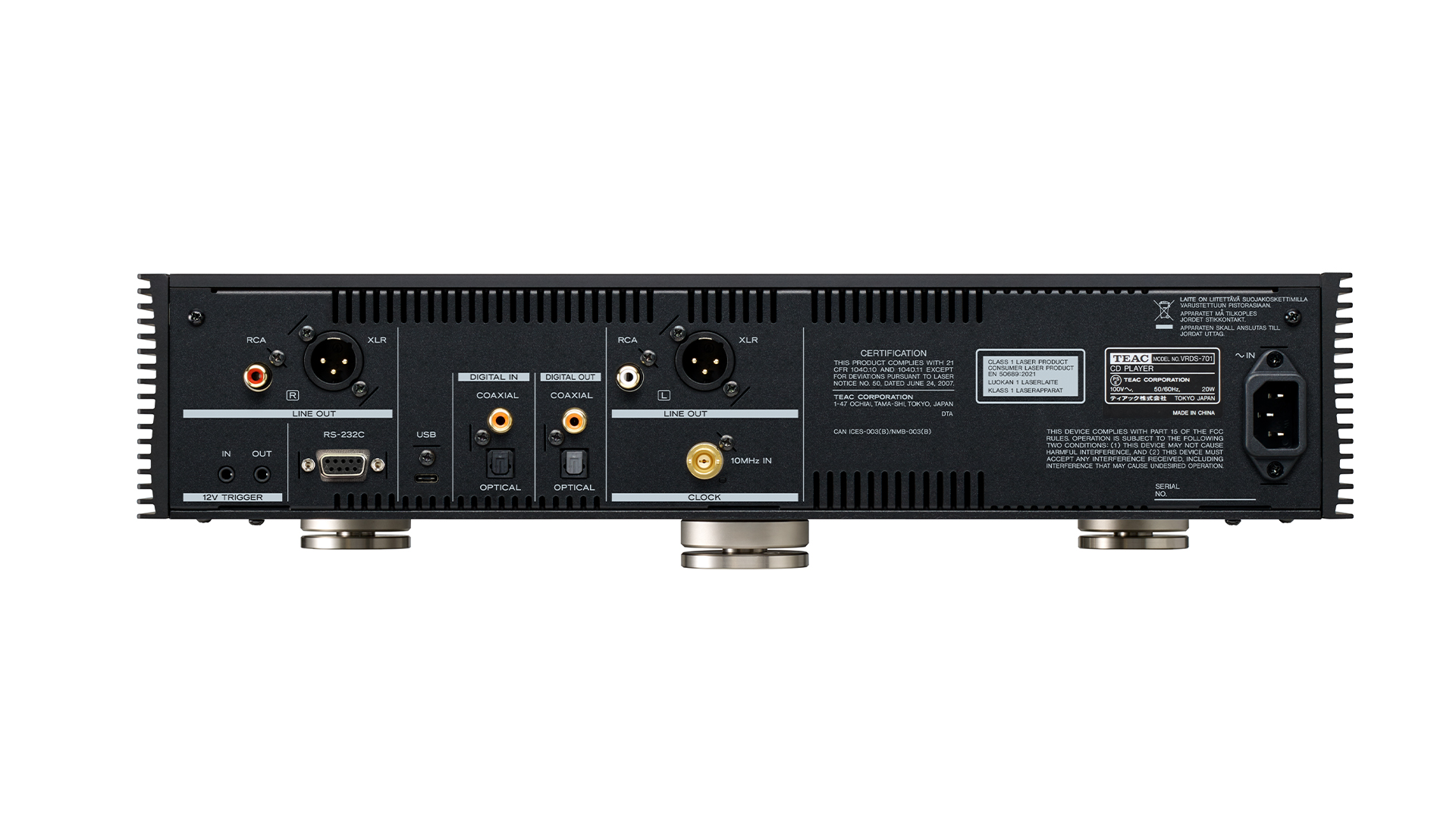
Look around the back of the 701 and you will find both balanced XLR and RCA line-level outputs, a trio of digital inputs in the form of a coaxial, optical and, unusually for a product such as this, a USB-C socket. If you decide to use the 701’s internal DAC section with an outboard source then you will find that it is a capable circuit that is compatible with 32-bit/384Hz PCM files and 22.5MHz DSD. MQA decoding is on the menu too.
There is also the option of adding an external clock. This kind of feature is more common in the studio world than in domestic equipment, but having tried various outboard clocks in the past it can be a useful avenue to investigate when the urge to upgrade strikes. Of course, the more usual path to upgrading an integrated CD player is to feed its digital output into an outboard DAC, and the VRDS-701’s coax and optical digital outputs allow that. Note that TEAC also makes a transport-only version of the 701 for those who want to follow that route from the off.
The latest hi-fi, home cinema and tech news, reviews, buying advice and deals, direct to your inbox.
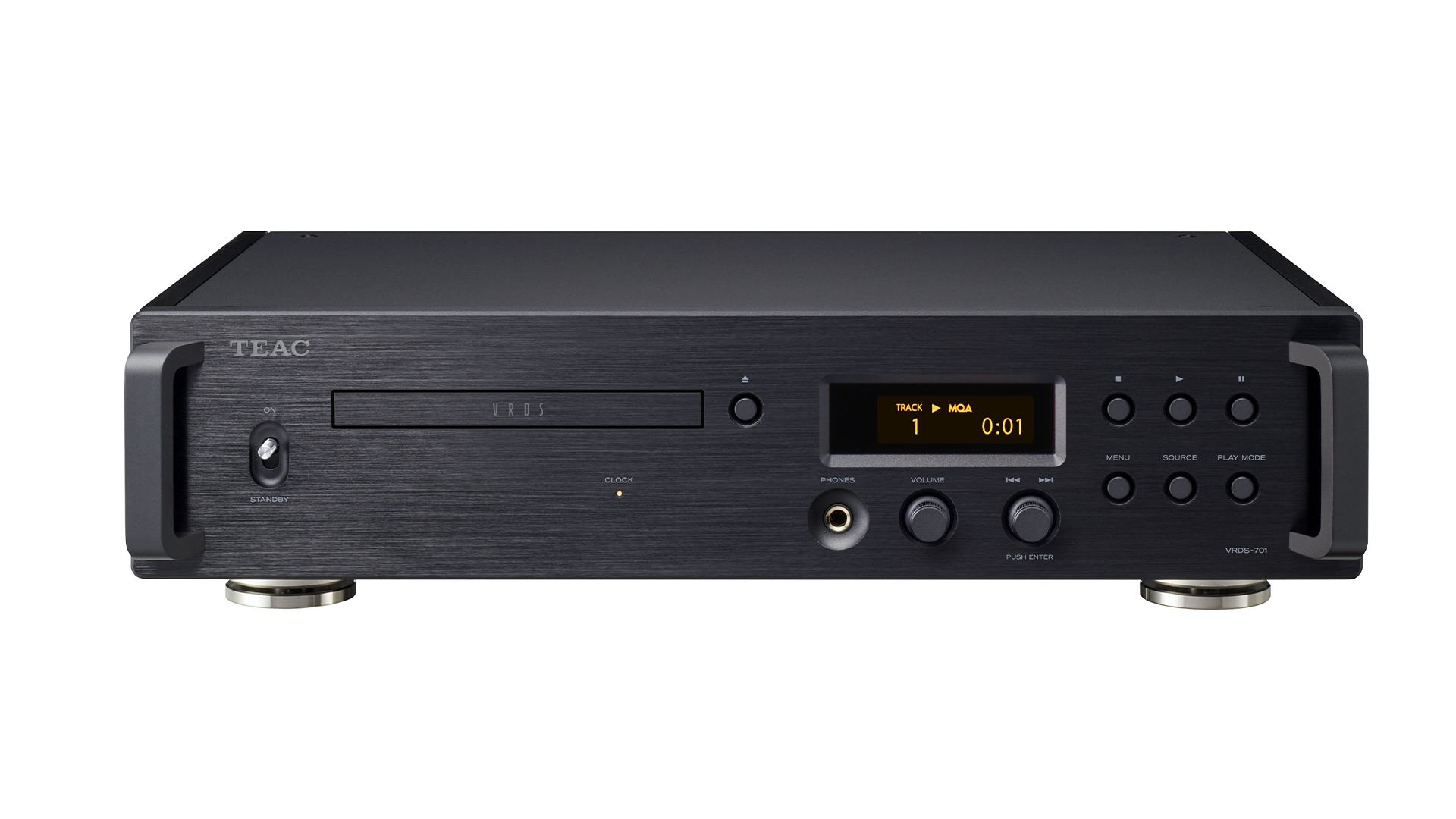
Type Integrated
SACD? No
Outputs Balanced XLR, RCA, coaxial, optical
Inputs Coaxial, optical, USB-C
Remote included? Yes
Dimensions 11.1 x 44.4 x 33.3 cm
Weight 11.1kg
Finishes x 2 (black, silver)
This player is a joy to operate. The VRDS is as reassuringly mechanical sounding as we remember from older TEAC products and the player responds swiftly to commands. The supplied remote handset has a neat metal finish on the top plate and is pleasant to use.
Take a look at the extensive set-up menus and you will find that this is a tweaker’s delight, given it has a wide range of output, upsampling and digital filter options. It is worth playing around with these provided the rest of your system has the transparency to reveal the subtle changes in sound. After spending a few days trying the various options, we end up switching off the digital outputs (giving the sound a little extra precision and clarity), upconverting the input into the DAC by four times the sampling rate (rather than the maximum of eight times) and get the internal DAC chip to process PCM datastreams in DSD. All these things add up to giving us the kind of fluid and expressive sound we like. Of course, your system or tastes may lead to other choices, but the differences are small enough that it is impossible to actually spoil the overall sound.
Sound

A CD player of this standard positively demands a high-quality partnering system. The bulk of this test was done with the TEAC feeding our usual reference system of Burmester 088/911 MKIII amplifier and ATC SCM 50 speakers. But, we also use more price-compatible products in the form of Naim’s SuperNait 3 integrated amplifier and PMC’s Prodigy 5 speakers. The VRDS-701 shines regardless of the partnering system.
This player proves something of a slow burner for us, so be careful not to make snap judgements after a short audition at a dealer. Its sonic signature doesn't brim with sparkle or go out of its way to make your discs sound exciting. This is a more analytical tool than that and prefers to let the recording take the spotlight. If that’s innately energetic as The Heist by Macklemore and Ryan Lewis is, then that’s what you will hear. This TEAC is all about control and composure. It has excellent detail resolution, particularly in the bass where it defines the texture of low notes better than any rival we’ve heard and also adds grip and agility to the mix. Move up the frequency range and you will find a natural and unexaggerated midrange that deals in a high level of clarity and precision. But, there is enough delicacy on offer to render the dynamic nuances that communicate the emotions in a voice beautifully.
There is plenty of slam when the music demands and surefooted rhythmic drive that gets the most from infectious tracks such as Thrift Shop. Any edginess in the recording is revealed without the player making a meal of things, and it is this refinement that allows the TEAC to perform well across a wide range of recordings.
Next, we try an old favourite test disc in the form of Prokofiev’s Romeo & Juliet. This is a demanding recording with wide-ranging dynamic swings and dense instrumentation but none of that fazes the TEAC. It stays calm and organised, not allowing the music’s sonic fireworks to throw it out of its stride. We sit back and marvel at the player’s authoritative presentation and the way it renders scale. Put it up against the similarly-priced Cyrus CDi-XR and the differences are marked. The Cyrus is a front-footed player that is all agility, resolution and excitement while the TEAC is more focused on analysis and control. The 701 presentation is also significantly more muscular in its approach, though given an appropriate recording lacks nothing when intimacy or subtlety is required.
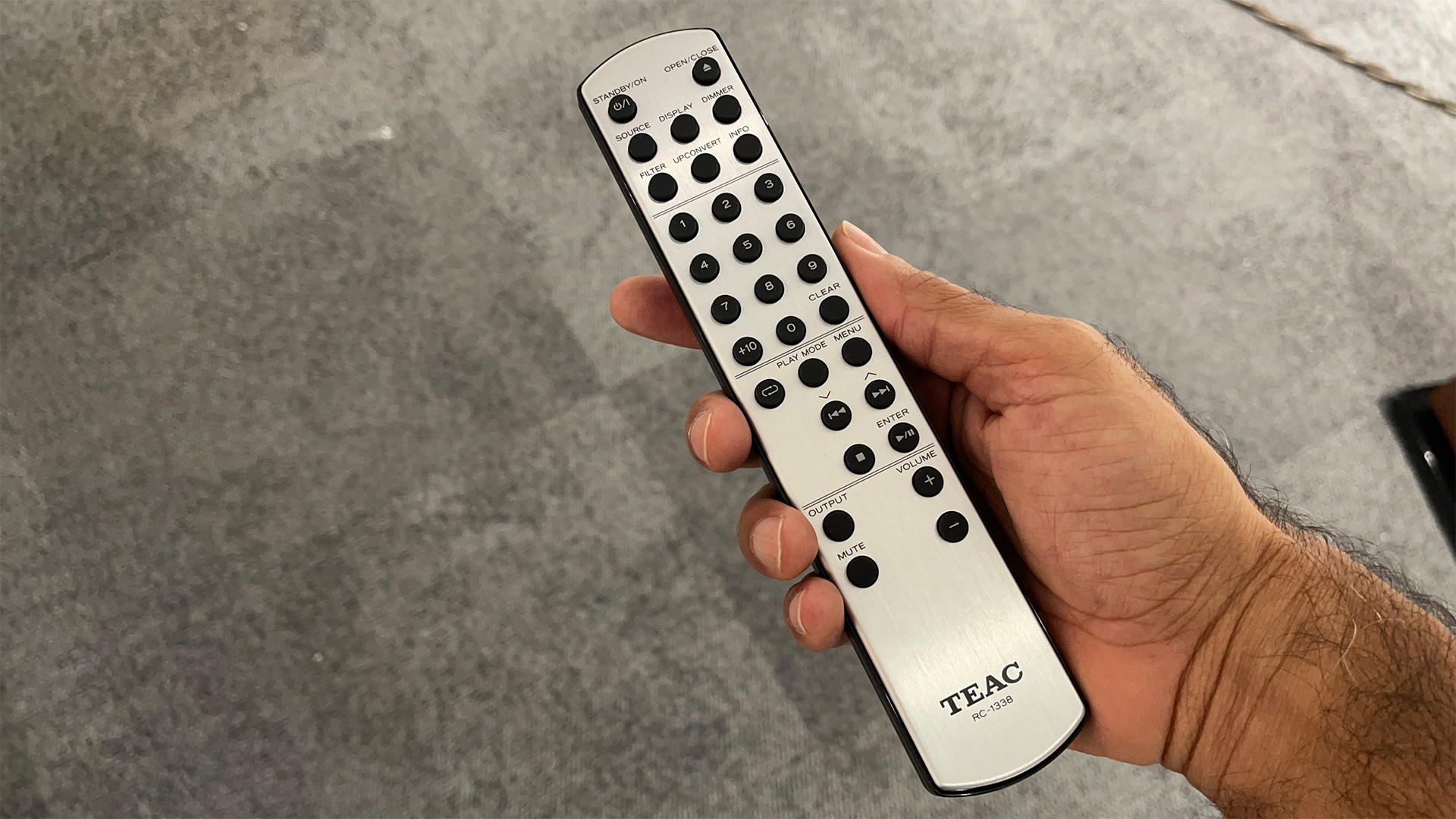
The TEAC pulls well ahead of the Cyrus when it comes to features. The Cyrus is a standard integrated CD player and doesn’t have digital inputs. We try those of the VRDS-701 and are impressed. Everything we like about the player’s sound with CDs is still apparent through any of the digital inputs. We connect our MacBook Pro (loaded with Audirvana media playing software and plenty of high-res files) and like what we hear. Michael Jackson’s Off the Wall (24-bit/96kHz) brims with energy and charges along with its infectious rhythms, rasping horn section and Jackson’s ever so distinctive vocal delivery. There’s everything we would want here from thrilling dynamic shifts to a driving beat. Detail levels are high, and as with CD replay, we can’t poke any holes in how all that information is organised. This TEAC sounds effortlessly cohesive and musical. The story remains positive no matter if we listen to the intimately recorded Here’s The Tender Coming from folk group The Unthanks, where the TEAC’s unforced yet expressive midrange comes to the fore, or rock out to Gimme Shelter by the Rolling Stones.
Verdict
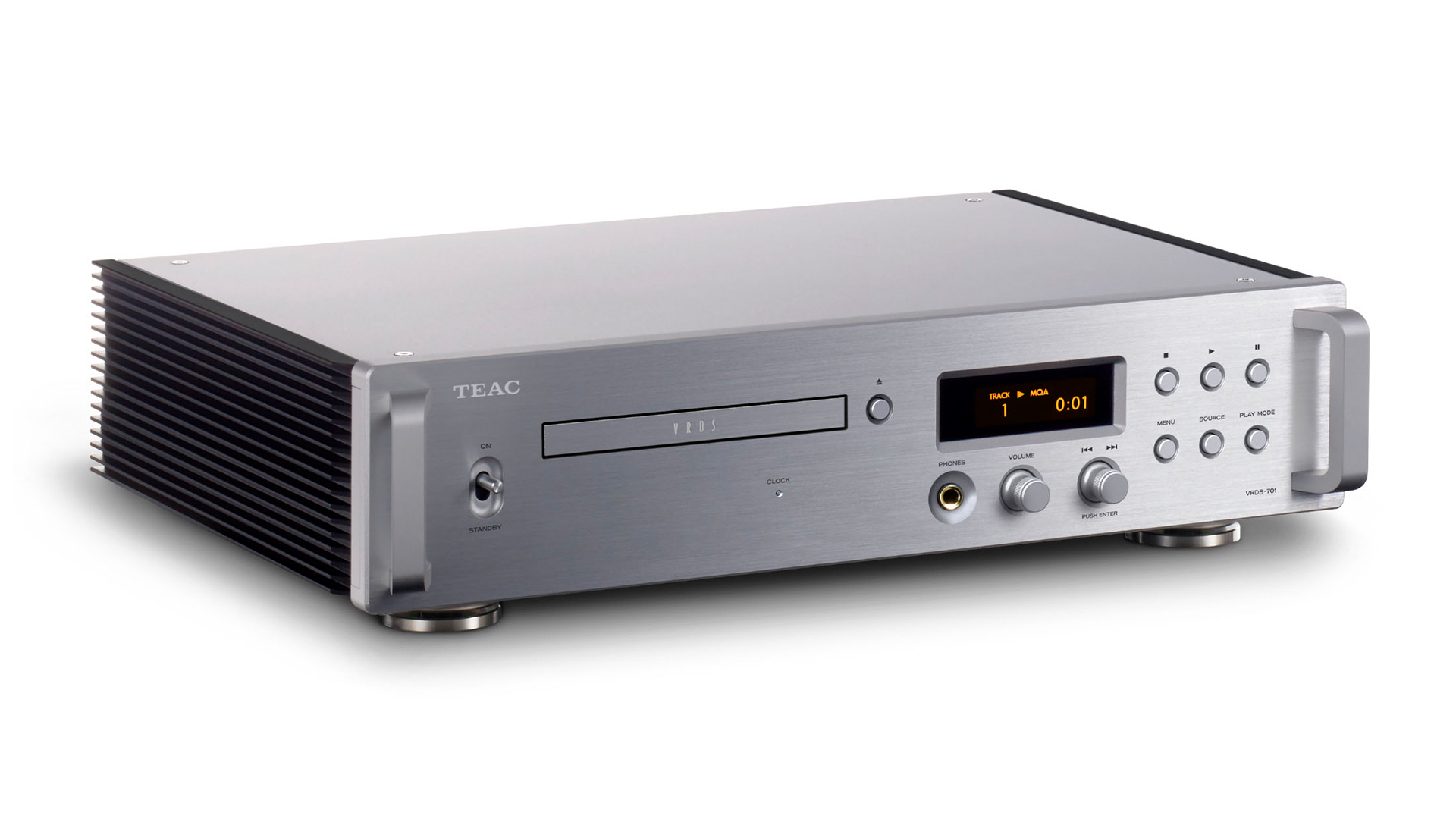
If you still have a large collection of CDs and really want to hear exactly what is stored on them we can’t think of a better way to do it at this price level than this TEAC. It is superbly made and a real pleasure to use. Those who admire fine engineering will be impressed by the care taken in the casework construction and the obsessively designed VRDS transport mechanism. In an age where most companies are happy to buy cheap off-the-shelf mechanisms, we’re happy that TEAC hasn’t taken the easy route. Will CD ever make a mass market comeback? Never say never, while machines as good as the VRDS-701 are still around there is always a (tiny) chance.
SCORES
- Sound 5
- Build 5
- Features 5
MORE:
Read our review of the Cyrus CDi-XR
Also consider the Cyrus CDi
Read our Bryston BCD-3 review
Best CD players: CD players for every budget
What Hi-Fi?, founded in 1976, is the world's leading independent guide to buying and owning hi-fi and home entertainment products. Our comprehensive tests help you buy the very best for your money, with our advice sections giving you step-by-step information on how to get even more from your music and movies. Everything is tested by our dedicated team of in-house reviewers in our custom-built test rooms in London, Reading and Bath. Our coveted five-star rating and Awards are recognised all over the world as the ultimate seal of approval, so you can buy with absolute confidence.
